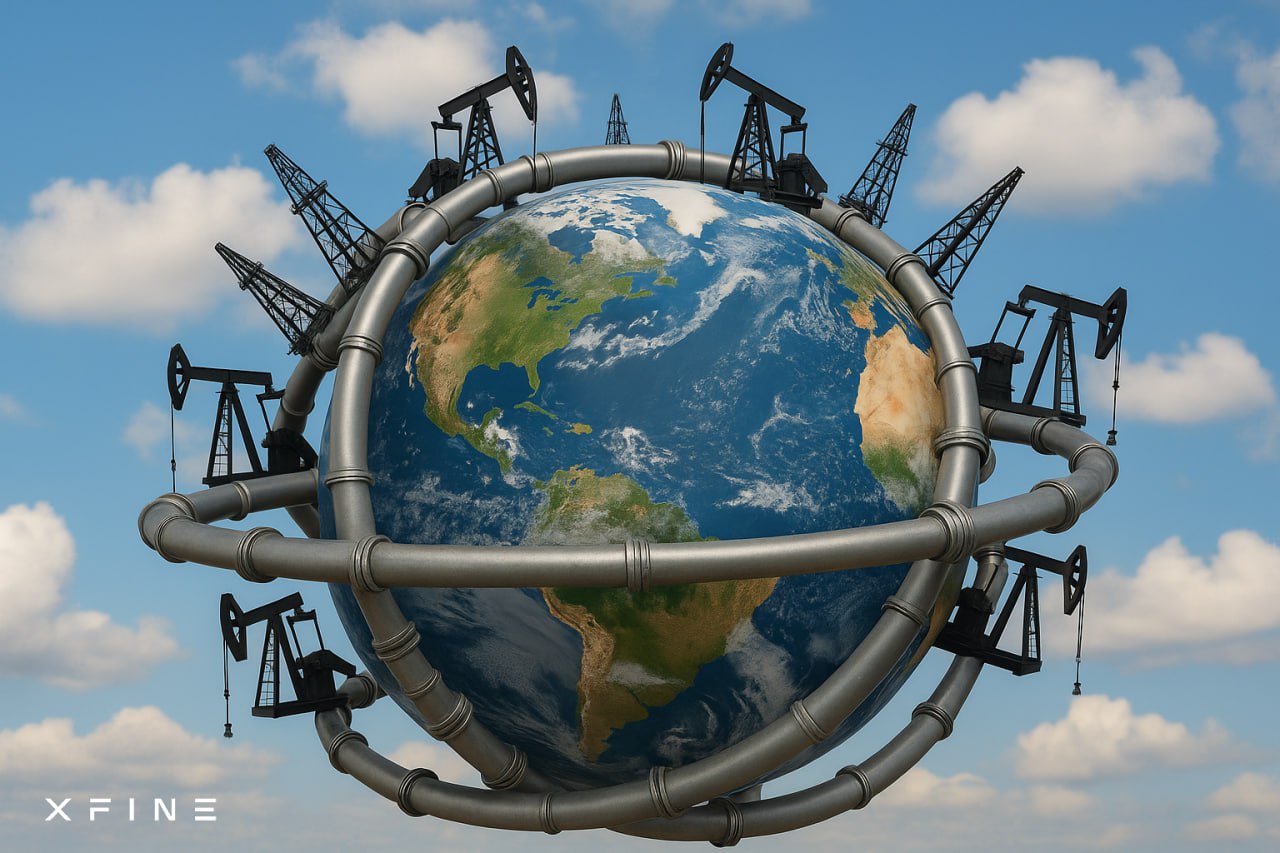
By the end of July 2025, the oil and gas market remains highly turbulent. Geopolitical risks, economic instability, and climate anomalies have reshaped the rules of the game. Traders now operate at the intersection of diplomacy, macroeconomics, and algorithmic analysis. Prices for energy commodities are influenced not only by supply and demand but also by the tone of news headlines, OPEC decisions, equity index dynamics, and central bank rhetoric.
Brent crude showed steady gains in July, but by the end of the month prices retreated to the $67.5–69.0 range. This correction was driven by the latest EIA report, which indicated a 3.1 million barrel rise in US commercial inventories. That triggered profit-taking and reminded markets of persistent oversupply. Meanwhile, geopolitical tension remains high: investors are closely watching the Strait of Hormuz, where risks of supply disruptions persist, and monitoring internal frictions within OPEC+, which could shift the price trend at any moment.
The European gas market continues to exhibit high volatility. The TTF index is trading in the €32–€35 per MWh range, though Citi warns that if issues along southern EU routes escalate, prices could test the €42–45 zone. Since the beginning of the year, Europe has relied on alternative gas routes following the halt of transit through Ukraine. Daily swings of around ±1% underscore the market’s sensitivity to supply chains and EU regulations, which require storage to be 90% full by November.
In Asia, LNG demand remains robust. Scorching temperatures in Japan and South Korea, combined with lower hydropower output, have pushed LNG prices above $13 per million BTU. In July, China ramped up LNG imports to their highest levels since late 2023, intensifying global pressure on suppliers.
Against the backdrop of a weakening US dollar DXY hit a 12-month low – energy assets are increasingly seen as safe havens. EUR/USD stabilised around 1.1700-1.1800, while USD/CAD remains highly sensitive to oil price fluctuations. Analysts at XFINE note that oil and gas assets are no longer purely commodities – they now behave like macroeconomic indicators. Reaction to news has become nearly instantaneous, driven by the rise of algorithmic trading.
Expert forecasts reflect the prevailing uncertainty. Goldman Sachs revised its Brent forecast to an average of $66 per barrel in H2 2025 but maintains an upside scenario of $90 should Iranian exports decline. JPMorgan projects a range of $80-85, with frequent fluctuations tied to Fed policy and demand shifts in China. The International Energy Agency (IEA) warns that without a major increase in investment into production and infrastructure, the world may face a structural supply shortfall by 2026. Bloomberg reports a surge in institutional investment in commodity ETFs, with over $4 billion flowing into USO, iShares Global Energy ETF, and DB Energy Fund in July alone. Meanwhile, Reuters highlights growing activity from sovereign wealth funds across Asia and the Middle East, which are expanding their positions in commodity assets as alternatives to gold and government bonds.
Traders and influencers are also weighing in. Prominent analyst Josh Young states that trading in 2025 is now part of global politics rather than just a game of price differentials. According to him, trading algorithms now scan not only charts but also social media and political Telegram channels. Jeff Currie, former head of commodities research at Goldman Sachs, adds that oil has effectively become a new kind of debt instrument with a geopolitical risk premium, while gas serves as a hedge against inflation and climate shocks.
In this environment, traders must rely on a diverse set of strategies to navigate the market’s complexity. Professionals increasingly use correlation trading between USD/CAD and Brent, build positions around key events such as OPEC, Fed, or ECB announcements, exploit pricing gaps between Asian LNG and the European TTF index, and construct complex option structures tailored to volatility spikes. Algorithmic strategies trained on historical patterns and news momentum are gaining traction, as are seasonal models that account for peak activity in July–August and December–January. Interest is also growing in hedging and diversification methods. XFINE provides traders with access to over 3,000 instruments and near-instant execution with minimal costs. In a market where a single headline can flip the trend, adaptability and speed of reaction become the trader’s strongest competitive advantages.